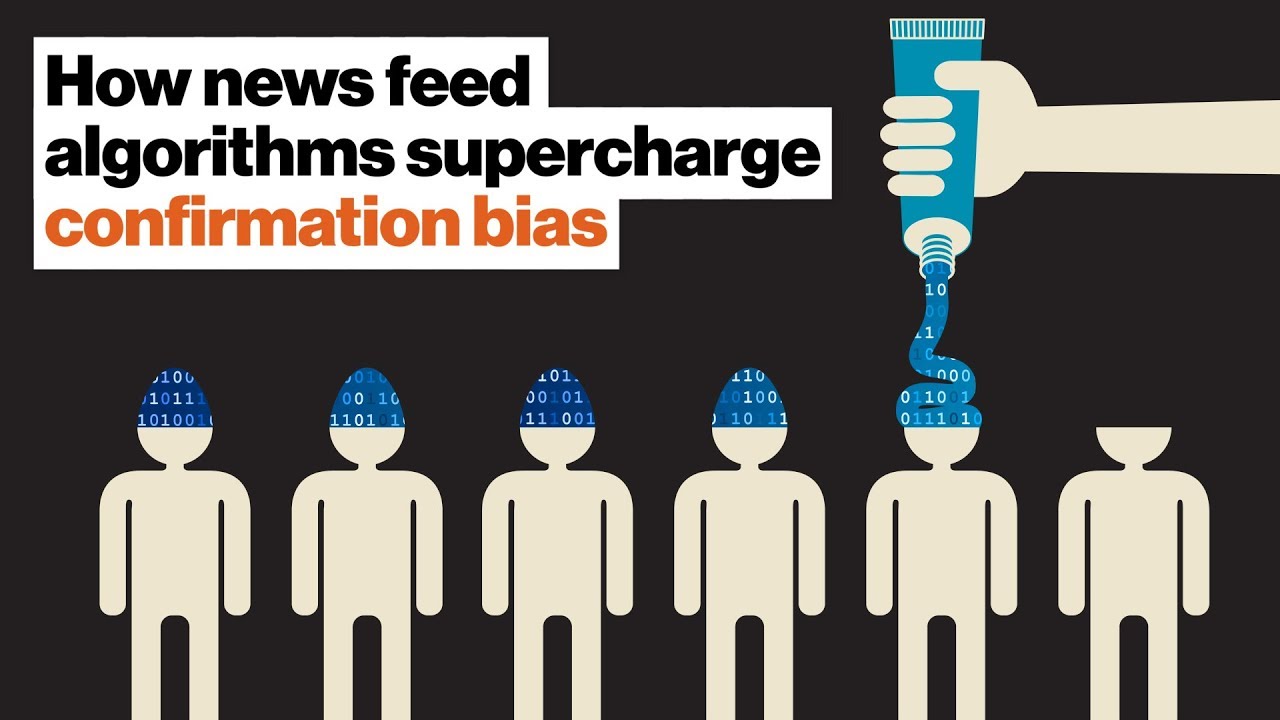
An NLP coursera is a great way to learn about Natural Language Processing. The topic is rapidly expanding and is frequently used in data-mining applications. This Python-based course features a hands-on project. This course will allow you to apply your knowledge in practical applications. NLP is an excellent choice for anyone looking for a new job or to enhance your existing skills.
Natural language processing (NLP) is a rapidly-growing field
This course is ideal for those who are interested both in data science and the implications of natural-language processing. It teaches you how to use text analytics, machine learning algorithms, and Python programming. You will also learn the differences between natural and artificial reading. As with many Coursera courses, the course requires some basic programming knowledge. The final project will be a practical application of the techniques learned.
Codecademy offers a NLP course for beginners. It covers the basic concepts of the field, and then launches into the certification track. The PRO program offers advanced courses, but you can also take the basic classes free of charge. The number of months that you pay for your subscription will determine the price. You will have access to many classes in the field and can finish them in your free time.

It is used for data mining
Natural Language Processing (or NLP) is a crucial technology for many businesses. This technology helps them understand text and other forms of data, and then create algorithms for interpreting that information. NLP for data mining is a growing career field that many companies have adopted. You can learn about this process in one of the many courses Coursera offers. You can choose from one-day courses or full-time degree programs.
It is a Python field
It is something that many people wish they knew. The language is versatile and has many useful applications. These include data analytics, machine intelligence, and web design. This course will cover Python basics. After you've completed the course, you can apply your newfound knowledge to a variety of real-world projects, from creating an online game to working with large datasets.
The course introduces the language and basic programming concepts. Students will also learn the basics about data structures, such as DataFrames series and Series. They will also be able to use data structures such as pivot tables, and basic statistical analysis tools like matplotlib. The Capstone Project will be a demonstration of students' knowledge and application development.
It includes a handson project
This course is an excellent option if you are interested learning more about Natural Language Processing. While theoretical NLP concepts are covered, this hands-on project-based course will teach you how to apply them to practical applications. Additionally to learning how to create an article spinner or text classifier, this course will also teach you how hyperparameters can be tuned to improve the models.

More than 5 instructors have expertise in natural-language processing. The course will help you gain confidence, learn the basics, and land more job interviews after completion. Learn about topics like machine translation, text embedding as well as classification. This hands-on project will provide real-world experience, and allow you to develop a Python program. The Natural Language Processing Coursera consists of five modules. Learners will learn about language modeling, text classification, sequence tagging, and semantic search.
FAQ
Which industries use AI the most?
The automotive industry is among the first adopters of AI. BMW AG uses AI as a diagnostic tool for car problems; Ford Motor Company uses AI when developing self-driving cars; General Motors uses AI with its autonomous vehicle fleet.
Other AI industries are banking, insurance and healthcare.
From where did AI develop?
Artificial intelligence was created in 1950 by Alan Turing, who suggested a test for intelligent machines. He said that if a machine could fool a person into thinking they were talking to another human, it would be considered intelligent.
John McCarthy, who later wrote an essay entitled "Can Machines Thought?" on this topic, took up the idea. In 1956, McCarthy wrote an essay titled "Can Machines Think?" In it, he described the problems faced by AI researchers and outlined some possible solutions.
Are there any risks associated with AI?
Of course. There will always exist. AI poses a significant threat for society as a whole, according to experts. Others believe that AI is beneficial and necessary for improving the quality of life.
AI's misuse potential is the greatest concern. It could have dangerous consequences if AI becomes too powerful. This includes autonomous weapons, robot overlords, and other AI-powered devices.
AI could eventually replace jobs. Many fear that robots could replace the workforce. Others think artificial intelligence could let workers concentrate on other aspects.
Some economists even predict that automation will lead to higher productivity and lower unemployment.
How does AI work?
An artificial neural network is composed of simple processors known as neurons. Each neuron receives inputs from other neurons and processes them using mathematical operations.
The layers of neurons are called layers. Each layer performs a different function. The raw data is received by the first layer. This includes sounds, images, and other information. It then sends these data to the next layers, which process them further. Finally, the output is produced by the final layer.
Each neuron has its own weighting value. This value is multiplied each time new input arrives to add it to the weighted total of all previous values. The neuron will fire if the result is higher than zero. It sends a signal up the line, telling the next Neuron what to do.
This cycle continues until the network ends, at which point the final results can be produced.
Statistics
- While all of it is still what seems like a far way off, the future of this technology presents a Catch-22, able to solve the world's problems and likely to power all the A.I. systems on earth, but also incredibly dangerous in the wrong hands. (forbes.com)
- The company's AI team trained an image recognition model to 85 percent accuracy using billions of public Instagram photos tagged with hashtags. (builtin.com)
- By using BrainBox AI, commercial buildings can reduce total energy costs by 25% and improves occupant comfort by 60%. (analyticsinsight.net)
- More than 70 percent of users claim they book trips on their phones, review travel tips, and research local landmarks and restaurants. (builtin.com)
- In the first half of 2017, the company discovered and banned 300,000 terrorist-linked accounts, 95 percent of which were found by non-human, artificially intelligent machines. (builtin.com)
External Links
How To
How to set-up Amazon Echo Dot
Amazon Echo Dot (small device) connects with your Wi-Fi network. You can use voice commands to control smart devices such as fans, thermostats, lights, and thermostats. To listen to music, news and sports scores, all you have to do is say "Alexa". You can make calls, ask questions, send emails, add calendar events and play games. Bluetooth headphones and Bluetooth speakers (sold separately) can be used to connect the device, so music can be heard throughout the house.
Your Alexa enabled device can be connected via an HDMI cable and/or wireless adapter to your TV. One wireless adapter is required for each TV to allow you to use your Echo Dot on multiple TVs. You can also pair multiple Echos at one time so that they work together, even if they aren’t physically nearby.
These are the steps you need to follow in order to set-up your Echo Dot.
-
Turn off your Echo Dot.
-
Connect your Echo Dot to your Wi-Fi router using its built-in Ethernet port. Make sure that the power switch is off.
-
Open Alexa for Android or iOS on your phone.
-
Select Echo Dot to be added to the device list.
-
Select Add a New Device.
-
Choose Echo Dot from the drop-down menu.
-
Follow the instructions.
-
When prompted, enter the name you want to give to your Echo Dot.
-
Tap Allow access.
-
Wait until the Echo Dot successfully connects to your Wi Fi.
-
Do this again for all Echo Dots.
-
Enjoy hands-free convenience